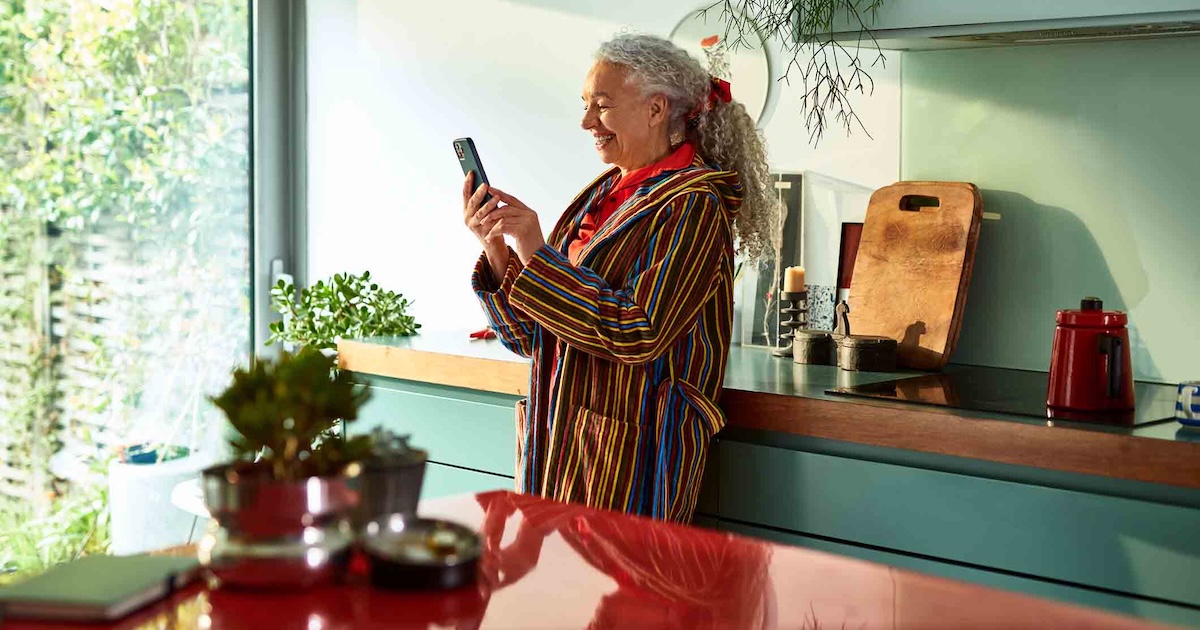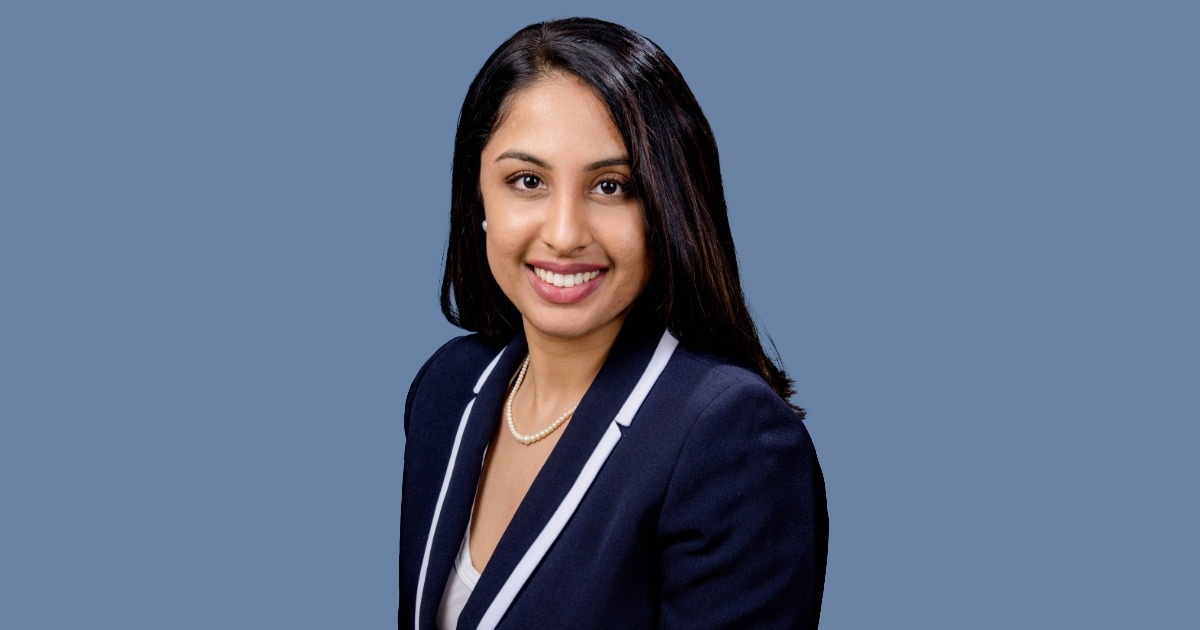A member of the HIMSS mHealth Committee, Mallesh Murugesan started Abeyon to bring intuitive design and UI/UX to complex business processes in healthcare, manufacturing and government. Prior to Abeyon, as director of emerging strategies at Miami Children's Hospital, he implemented several mobile and telemedicine solutions. And before that, he managed a team of 20+ software developers in developing enterprise resource planning software for Military Sealift Command. He has an MBA from the University of Maryland, College Park (Robert H Smith School of Business) and a Masters in Information Systems from George Mason University.
Q. What's the one promise of mHealth that will drive the most adoption over the coming year?
[See also: mHealth masters: Death of the quantified self?]
A. The ability to scale. We will never have enough supply (doctors or nurses) and we will always have demand (patients). The one promise of mHealth and telehealth is that we may be able to finally meet demand with supply because of the ability to scale using mobile technologies that allow remote monitoring, tele-consults and self-monitoring through mobile and wearable devices.
Q. What mHealth technology will become ubiquitous in the next 5 years? Why?
A. Remote and self-monitoring of individual health will grow tremendously over the next few years whereby people can capture and share data to persons of interest. This will make folks more healthy and concise about their own health and will enable value in the healthcare system. The public will come to a realization of value vs. volume, and it's the only way to really meet the cost and quality challenges that today's healthcare system is facing.
[See also: mHealth masters: Forget devices, focus on data]
Q. What's the most cutting-edge application you're seeing now? What other innovations might we see in the near future?
A. Most cutting-edge technology I see today in healthcare is around extremely advanced wearables that automatically collect data, analyze data, provide suggestions and notify the appropriate person (provider, family member, etc.) based on rules. The data analysis done by these devices will get very sophisticated and will be based on a collection of a person's real-time medical information, historical data and other relevant datasets. Big Data algorithms will converge to become relevant to the individual.
Q. What mHealth tool or trend will likely die out or fail?
A. The isolated apps and wearable devices will fade away. Even today several surveys have indicated that more than 50 percent of people who own a wearable device lose interest after a few months. This is because the information obtained by these devices is isolated and does not help in long-term care of the individual. Integration will become key to the success of these apps and devices.
Q. What mHealth tool or trend has surprised you the most, either with its success or its failure?
A. I am surprised with the lack of success of mHealth tools that have come into the market. Although there are thousands of mHealth apps in the app store, there hasn't been a single app that has reached consumers on a larger scale. Apps like Weight Watchers, ZocDoc and iTriage have managed to capture some market share, but penetration into mass markets has not happened yet. Time will have to tell if mHealth apps have the capability to reach consumers on a much larger scale.
Q. What's your biggest fear about mHealth? Why?
A. The biggest fear with any technology in a very personal service industry is the loss of the "human factor" or touch. Medicine is a very personal service industry. So while technologies should be used to augment care, they shouldn't be used to substitute for the human touch when very much needed. For example: End-of-life care or terminal disease diagnosis/management. But it can be used to automate the mundane aspects to care and scale it.
Q. Who's going to push mHealth "to the next level" – consumers, providers or some other party?
A. All three: Consumers, providers and innovators.
Consumers. We live in a generation of social networking and smart devices. Consumers demand and expect and receive a great deal from every industry they interact with and they are expecting and demanding the same in healthcare.
Providers: The healthcare landscape from a provider standpoint is changing significantly, and providers are looking for better ways to navigate the system and provide care with increased quality and low cost. In these attempts, providers are implementing solutions that will create better engagement, value and quality in care.
Innovators: Healthcare is ripe for innovation and is an industry that is getting plenty of VC and private equity funding. Several big players (Apple, Salesforce, etc.) have announced forays into healthcare, and this is going to boost innovation and will push the mHealth industry to the next level.
Q. What are you working on now?
A. Abeyon is a healthcare-focused design and development service firm with heavy emphasis on visual design and user experience. We are working on several innovative projects in healthcare. In particular, we are working on a multi-platform discharge application to reduce re-admissions for congestive heart failure patients. The application has a patient-facing Web and mobile app and a care-coach-facing dashboard. The application incorporates seven dimensions of a person's health and combines them to create a personalized guide to well-being. The application enables users to manage their care plan, exercise, nutrition, medication, emotions, education and social network all in one place, while tracking pertinent data for healthcare providers to use in improving care.
In addition, we are also working on a consumer-facing weight loss application that employs behavioral and psychological aspects toward weight loss. It has been a very successful program for the past several years, and Abeyon is brought in to evaluate the architecture and take the application to the next level including developing a new mobile app for the application.
[See also: mHealth masters: CIO says 'sensors will be everywhere']


